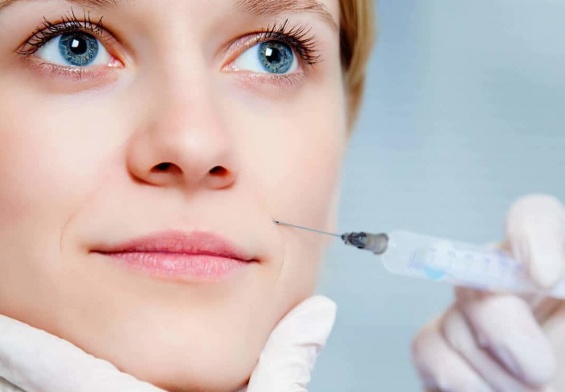You read that right… your skin is not only an organ, it’s the biggest organ in your body. Face it… your skin is everywhere! Regardless of your shape or size, your skin is huge. In fact, at this very moment, you’ve got about 19 million skin cells… per square inch … which equals about 20 feet of skin! And all those varied areas of skin all over your body can make it tough to care for, especially considering the fact that the skin in different areas of your body gets different types of exposures. That means that each area’s skin requires different types of care. Think about it. The skin on your face is vastly different from, say, the skin on your feet, isn’t it? Just one reason is because the skin on your face is constantly exposed to the world, whereas the skin on your feet isn’t. Another reason is because the skin on your feet gets a whole different kind of beating compared to that of your face. So what do you do to care for the various areas of skin located all over your body? Here are some tips from dermatologists about how to care for the many different types of skin your body contains.
Face
The skin on your face needs special attention … first, because it gets the most exposure and second, because of the oil glands it contains. Before your facial skin has to face the day, wash it with lukewarm water and purifying cleanser or gel wash. After you rinse thoroughly, gently blot your face with a clean towel. Do this again at night, but remember to also apply a toner that’s approved for your specific skin type. Follow this up with a moisturizer, again, one that’s approved for your skin type. Exfoliation may also be performed, as this helps to slough off dead skin cells. For best results, contact a dermatologist in Essex County to understand your skin type.
Hands
Dry, cracked hands don’t just happen in winter. They can happen in summer, also, since all that’s needed for this condition to thrive is extreme elements of weather. For dry, cracked hands, be sure to use gloves whenever working in extreme weather conditions. It’s also important to use some type of glove while performing such tasks as housecleaning or gardening, particularly if you’re using harsh chemicals. Additionally, be sure to moisturize your hands often with hand cream, and not just at bedtime either. Start with a thick hand cream, massage it over your hands thoroughly, and keep it with you to use throughout the day, if necessary.
Chest and neck
The good news about caring for the skin of your chest and neck is that most facial cleansers, toners, and moisturizers are made to also be used on the skin of the neck and chest. You may also want to consider creams that are specifically formulated for the neck area, as this skin is thinner than that of your face. Many of today’s neck creams contain an ingredient known as ‘peptides.’ Though it’s not yet completely proven, recent studies show that peptides may reduce skin sagging in the neck area, making creams that contain these especially desirable for their potential anti-aging properties. Additionally, many moisturizing creams made for hands can be beneficial for the skin on the neck and chest, as these help to moisten the skin and release dead skin cells.
You may not be neglecting your skin, but if you’re not taking in enough nutrients, your body just may be neglecting it. That’s right. Your body may be neglecting your skin. The reason for this is because the nutrients you consume tend to go where they’re most needed. Naturally, your body considers your heart and liver and lungs to be more important than your skin. So, the nutrients you consume typically travel to those organs first, long before they bother to saunter over to your skin. The result? Your skin gets the nutrient leftovers. That’s why it’s vital that you consume the right amount of nutrients every single day. For more information about how to care for every area of skin on your body, contact a dermatologist in Essex County to schedule a consultation.



